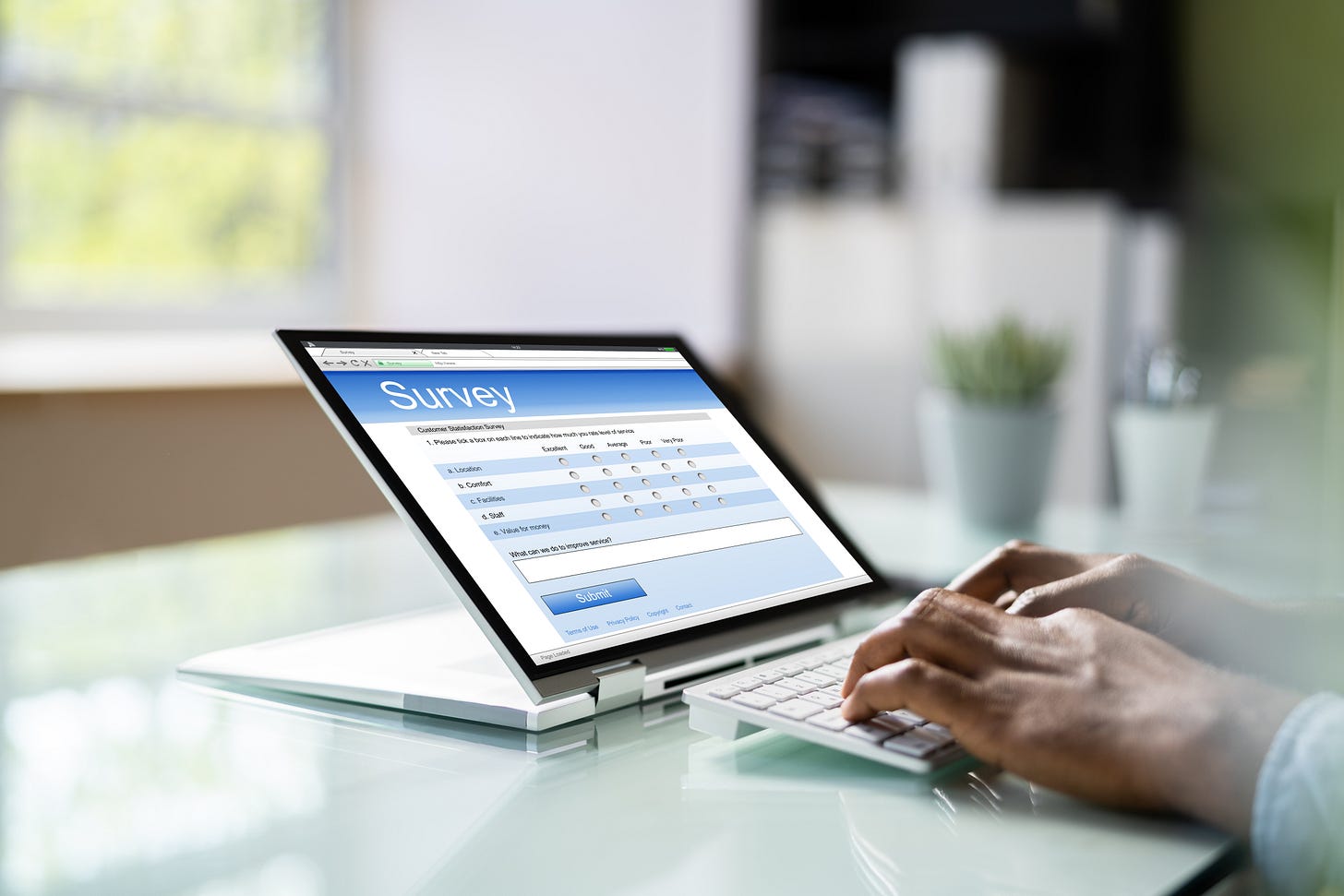How political polling has changed over the last decade
The art of political polling goes back centuries. Yet, some of its biggest challenges (and changes) have come within this last decade alone. Read more about the recent changes affecting the industry.
The art of political polling goes back centuries. Yet, some of its biggest challenges (and changes) have come within this last decade alone. That’s because the rise of the internet and social media has made it easier than ever to reach potential respondents, and new polling methods have been developed to address the challenges of a changing electorate.
One of the biggest changes for political pollsters has been the universal shift away from landlines. Traditionally, pollsters would rely on landline telephones to reach respondents (considered the “gold standard” method); however, as fewer households have a landline telephone these days, it’s become a less effective sampling method. Instead, pollsters are switching to a variety of mixed-modal studies to reach potential respondents, including online surveys, text messaging, and social media.
Another change in political polling has been the increasing use of weighting. Weighting is a technique that allows pollsters to adjust the final results of a poll to ensure it represents the surveyed population as a whole. This is important because polls are often conducted on a small sample of the population, thus the weighting helps to ensure that the results of the poll are not skewed by the demographics of the sample. To avoid overweighting samples, many pollsters (myself included) will often use stratification — a type of “pre-weight” in which we aim to survey specific percentages from different demographic groups to ensure we’re matching the demographics of the surveyed population as best as possible.
Finally, political polling has become more sophisticated in recent years. Pollsters now use a variety of techniques to analyze poll data (including analytics and data modeling), and they are better at understanding the challenges of polling in a changing electorate. As a result, polls are becoming more accurate, and they are becoming more valuable tools for political campaigns and the media.
These changes have had a significant impact on the way that political polls are conducted and interpreted. Polls are now more accurate than ever before, but they are still not perfect. Pollsters still face a large number of challenges, such as the difficulty of reaching potential respondents and the changing demographics of the voting electorate. Yet, the advancements that have taken place in political polling in the last several years have continued to make them a valuable tool for understanding public opinion and predicting election outcomes.
Nor will this be the last time that political polling evolves with the times. New technologies will emerge that will make it easier to reach potential respondents and analyze polling data. As the electorate continues to change, pollsters will need to continue adapting their methods to ensure that their polls are accurate and representative.



